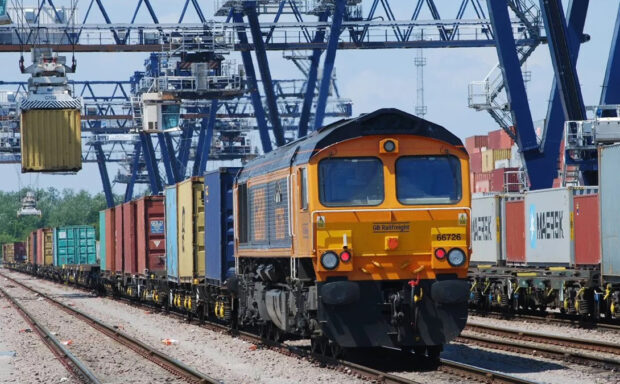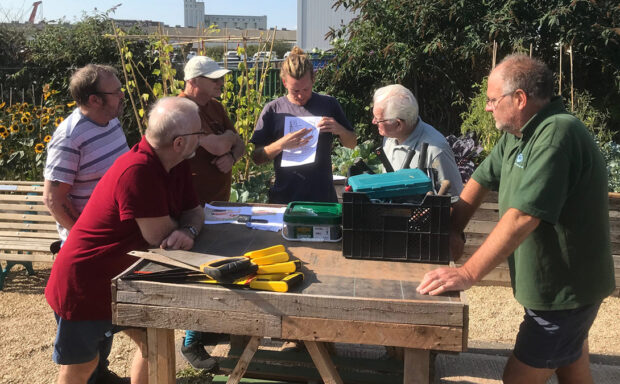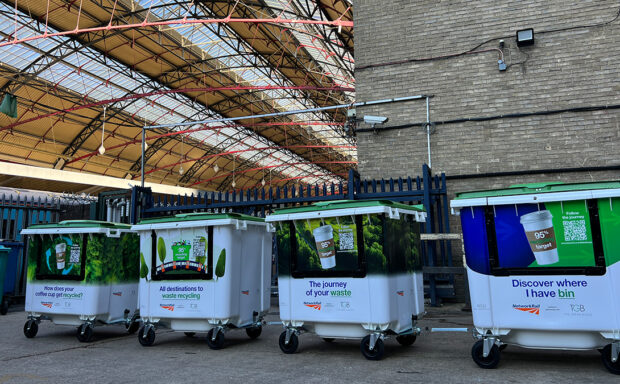This Windrush Day the railway celebrates the vital contribution of a diverse workforce as we look forward to permanently commemorating the Windrush generation at London Waterloo.
On 22 June 1948, hundreds of passengers, many of whom had begun their journeys in the Caribbean, disembarked the ship at Tilbury Docks in Essex in search for a better life in Britain. The MV Empire Windrush and its passengers helped create a richer and more diverse British society and today represent generations of migration from the Caribbean.
Tracee Grenardo, Network Rail’s Windrush ambassador, said: “After World War II, the British government were offering jobs in the service sector including running public transport and the National Health Service; many migrants were recruited on the railways. As a company we, too, want to celebrate the contribution of the Windrush generation and their descendants.”
“A symbolic link to our past”
In 2022, a monument commemorating the Windrush generation will be unveiled at London Waterloo, a gateway to Britain for many, including the Windrush generation, most of whom arrived in Britain at Southampton.
A year ago, the government said Waterloo -London’s biggest railway station – had been chosen from a list of potential sites by the Windrush Commemoration Committee.
The government said the committee, chaired by Baroness Floella Benjamin OBE, would seek to commission and work with stakeholders and designers “to consider how best to create a lasting, fitting tribute to the Windrush generation and their descendants”.
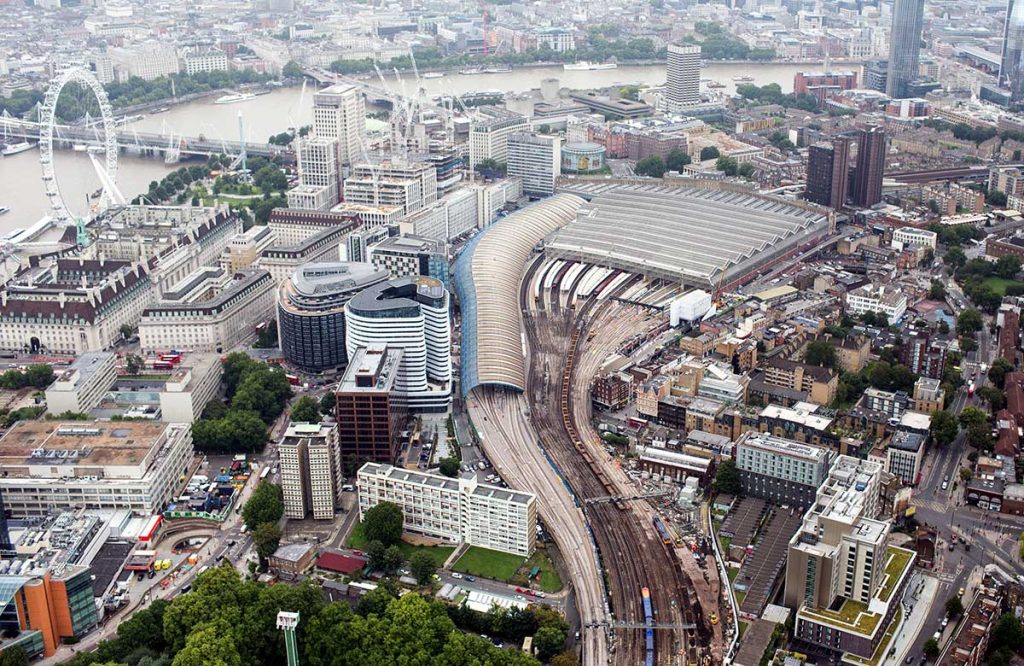
The government said the committee, chaired by Baroness Floella Benjamin OBE, would seek to commission and work with stakeholders and designers “to consider how best to create a lasting, fitting tribute to the Windrush generation and their descendants”.
Baroness Floella Benjamin said in June last year: “Having a Windrush monument located at Waterloo Station where thousands of Windrush pioneers – including children like myself – first arrived in London, will be a symbolic link to our past as we celebrate our future.
“The committee is determined to build a monument of great beauty and emotional impact which will lift the hearts of those who visit when it’s unveiled. I hope it will inspire pride and a sense of belonging to all those associated with the Windrush story.”
Asquith Xavier, a campaigner for equality
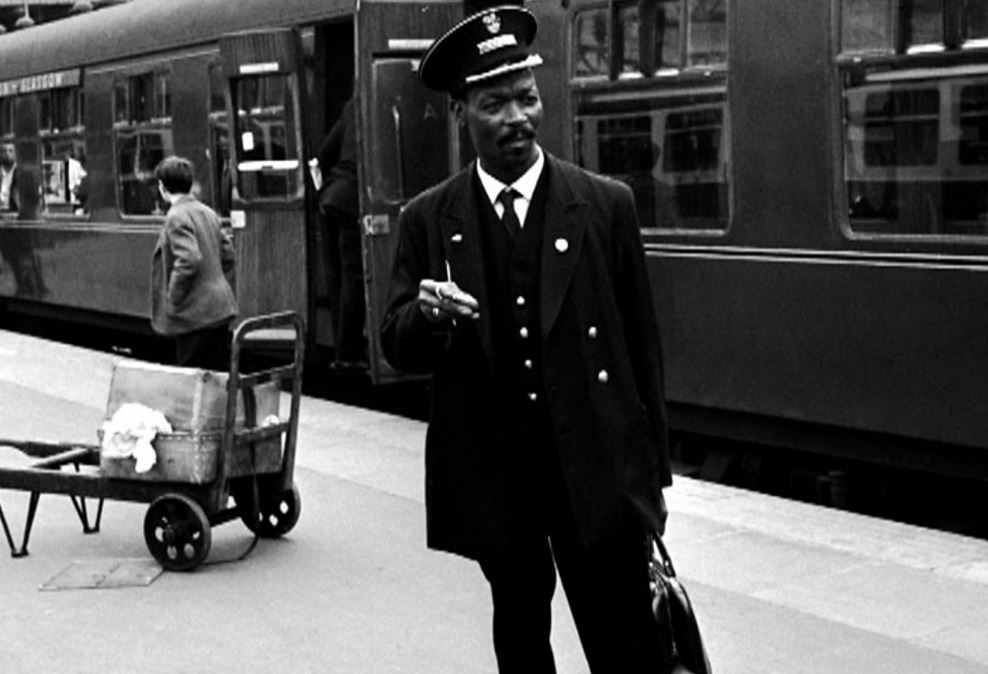
For many, finding work in Britain was hard – and met with racism – despite the government’s invitation to help bolster the country’s workforce after the war.
In the 1960s, Asquith Xavier was among those fighting for racial equality on the railway.
From the West Indies, Asquith became an ‘accidental campaigner’ when he ended a colour bar at infrastructure operator British Railways to become the first black train guard at London Euston station in 1966.
Asquith was already an experienced guard at Marylebone station when he applied for the job at Euston and his case is often seen as a precursor to the Race Relations Act in 1968, which made it illegal to refuse employment to people because of their ethnic background. In 2016, the BBC spoke to Asquith’s family as a plaque was unveiled at Euston in his honour.
Listen to the full story here.
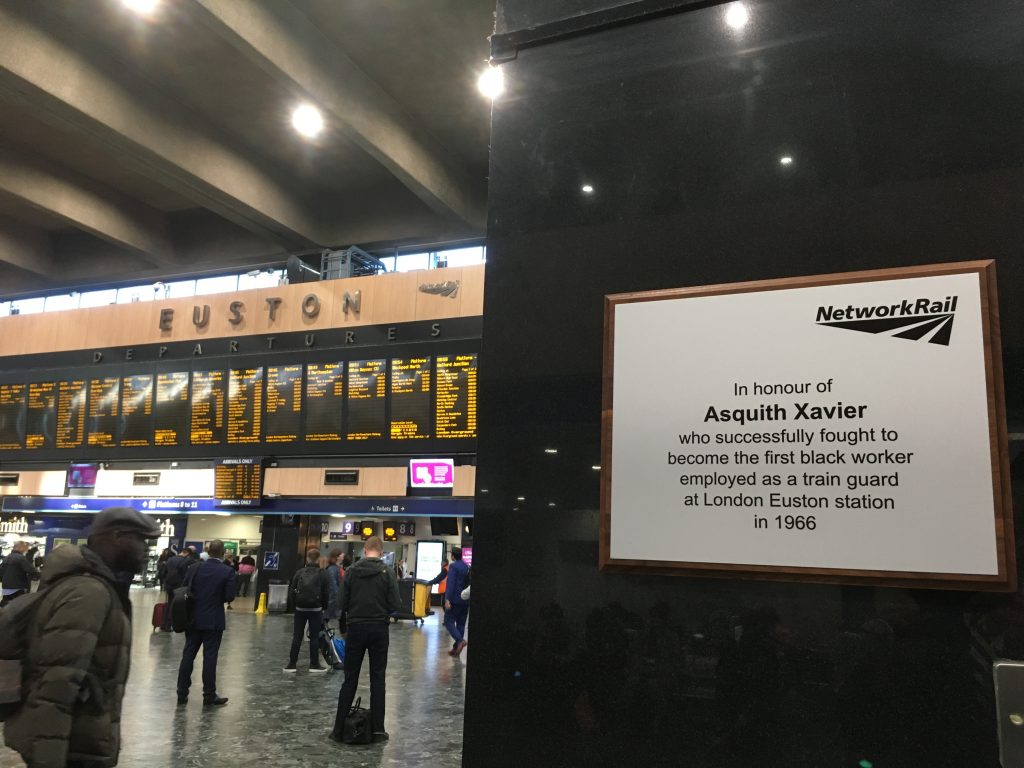
Celebrating positive change on the railway
Today, the railway seeks to encourage an increasingly diverse employee base across Britain – greater diversity and inclusion lead to fresh ideas, especially when people feel comfortable challenging the status quo.
Cultural Fusion, our black, Asian and minority ethnic (BAME) employee network, is one of six employee networks at Network Rail helping to promote the differences among our people. These differences create better – and safer – outcomes for the company and the passengers we serve.
It’s an important part of Network Rail’s diversity strategy, helping it reach about 40,000 employees. Sharon Salmon, chair of Cultural Fusion, says it aims to create an organisation that embraces equality and diversity, in which everybody feels valued and can excel without limitations.
Cultural Fusion’s membership has grown by almost 20% in the past year to 655 people. It started with just two members in 2013.
Its recent activities have included regular virtual tea breaks for its members, where it encourages discussion about issues such as Black Lives Matter, racism and mental health.
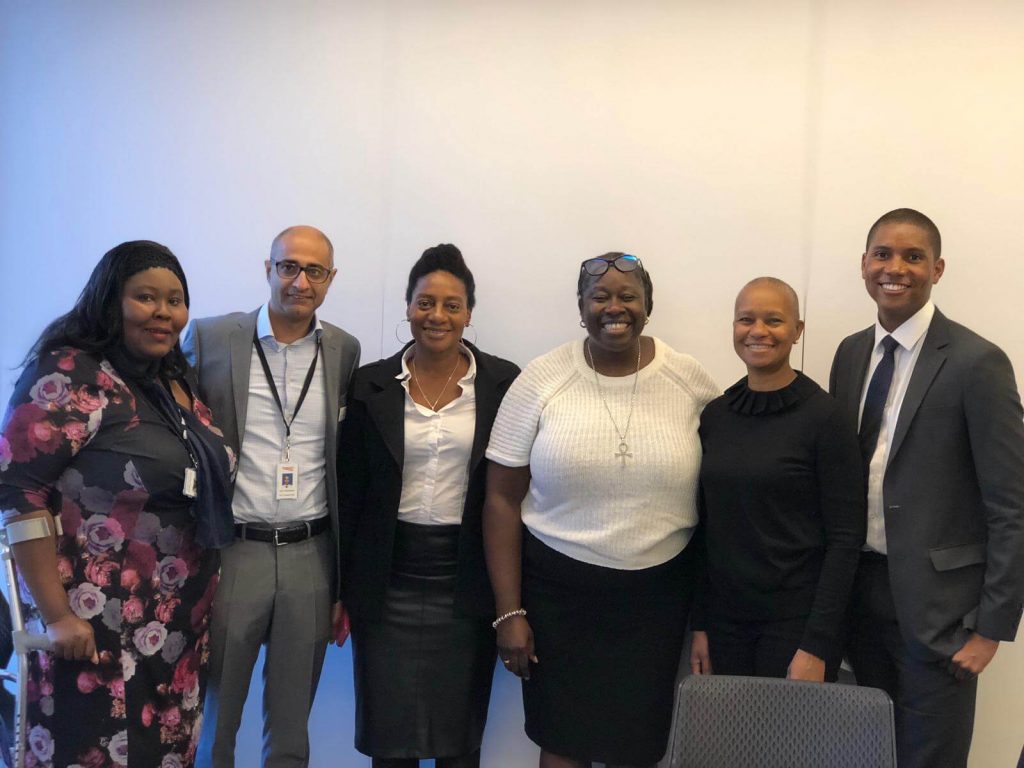
Cultural Fusion’s members are also involved in Network Rail’s Race Matters project, which the company has set up to increase BAME representation across the organisation, particularly in senior roles. This in turn will have a positive impact on our ethnicity pay gap in the long term. You can read more about our ethnicity data, the pay gap and the Race Matters project here.
Andrew Haines, chief executive of Network Rail, said of the project: “I want to see better representation in leadership positions at Network Rail and we will do this by nurturing the great talent we already have, as well as focussing on a attracting a greater diversity of candidates to work with us…
“We know that diverse teams perform better and have greater innovation because of the variety of ideas and experiences that people from different backgrounds bring; and this is why having a more diverse workforce with inclusive leadership is so important to improving the way we deliver for passengers and freight users.”

